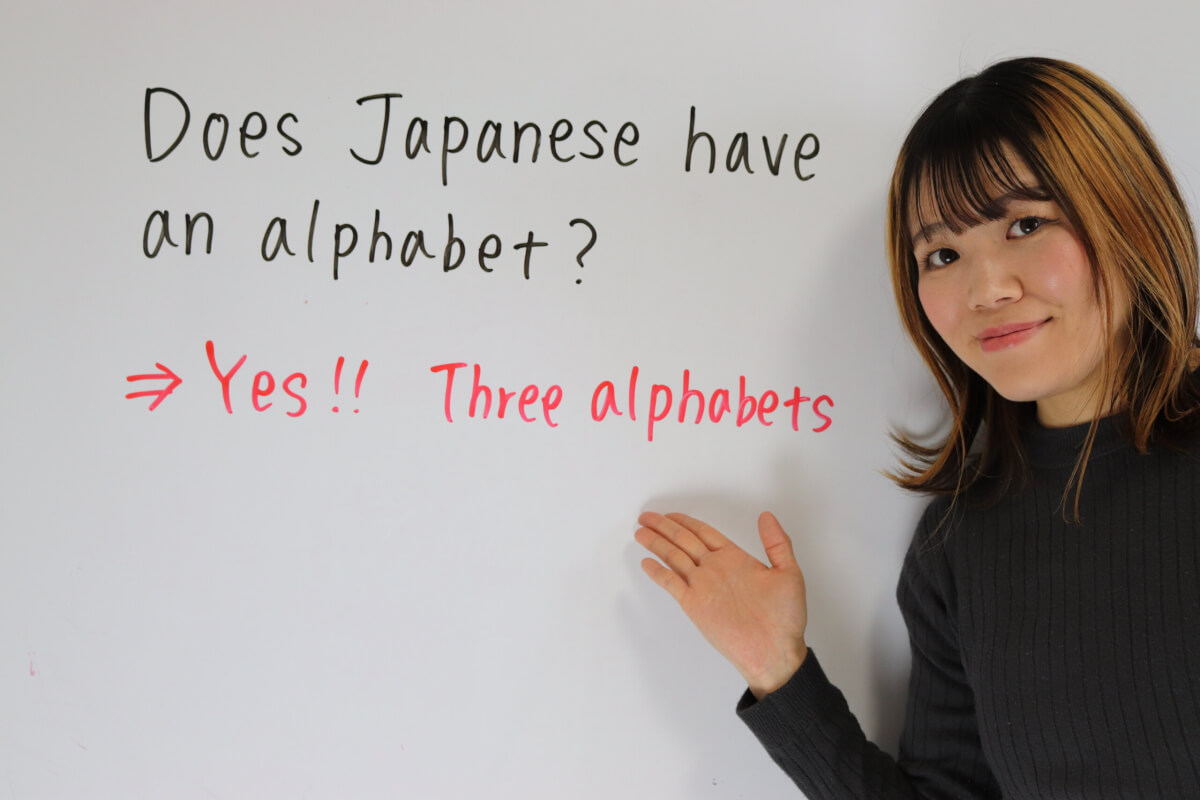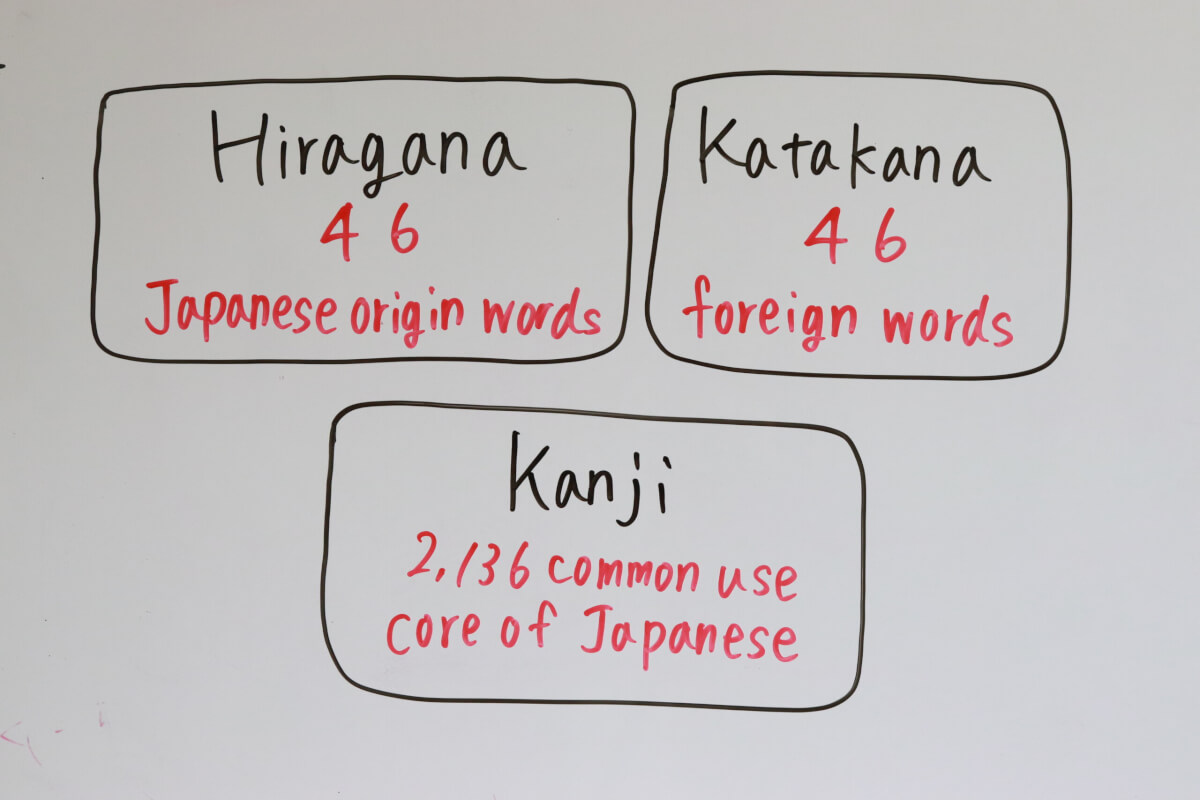- Release Date:
- Update Date:
Does Japanese have an alphabet?

What does the Japanese alphabet consist of?
Japanese characters are among the most difficult of the world's languages. This may be sad news for those who are about to learn it, but it can be learned smoothly as long as the basic rules are mastered.
For those who have never studied the Japanese alphabet, here are some of the differences and characteristics of the Japanese alphabet.
We consider an alphabet as a group of letters here, which is a little different from the alphabet used in Western countries. The Japanese three alphabets are also called the writing system.
Japanese has three alphabets
The Japanese alphabet has three letters. If English has two alphabets, that alone may seem somewhat difficult.
Japanese people make full use of those three alphabets to form sentences.
The different roles of the Japanese alphabet
Of course, all three letters of the alphabet have meanings. Every letter of the alphabet is very important, and you cannot read a Japanese sentence without learning all three.
But, what are the differences between those alphabets?

Hiragana's role
Hiragana represents characters of Japanese origin. They are used for greetings, parts of speech, or Japanese cuisine.
The most important role of Hiragana is "furigana" and "okurigana". They play a supporting role in Kanji.
To learn Japanese characters, you must first know Hiragana, otherwise, you will not be able to understand Katakana and Kanji, which we will explain in the next section.
Katakana's role
Katakana is similar to Hiragana but has a different role. First, characters for foreign words that are not of Japanese origin are expressed in katakana. For example, names of foreign countries and people, as well as words of technology, are also written in katakana. Katakana also emphasizes vocabulary.
It is also used for onomatopoeia, which you have probably seen in anime and manga.
Kanji's role
Hiragana and Katakana are important, but Kanji is also important. Kanji is the core of the Japanese language and the most important part of the Japanese language. Japanese words are made up of Kanji.
Learning Kanji means expanding your vocabulary. Without learning Kanji, you will not be able to read Japanese sentences at all.
What are Japanese sentences like?
Japanese sentences use the all alphabets: Hiragana, Katakana, and Kanji.

This is how Japanese sentences are constructed.
- 私[Kanji] noun: "I"
- は[Hiragana] particle: "am/is"
- 明日[Kanji] noun: "tomorrow"
- カフェ[Katakana] noun: "cafe"
- で[Hiragana] particle: "at"
- 友達[Kanji] noun: "friend"
- と[Hiragana] particle: "and/with"
- 会[Kanji] verb: "meet"
- います[Hiragana] okurigana of "会"
Japanese people can read sentences using kanji quickly. Conversely, sentences using only Hiragana and Katakana are difficult to read: わたしはあしたかふぇでともだちとあいます is the same sentence as above but is difficult to see which one is a subject and a verb.
How can I learn the Japanese alphabet?
First, learn it with your eyes. Hiragana and katakana are 46 characters each, and there are only 5 vowels in Japanese, so it will be easy to remember by sounds. Once you have memorized them with your eyes, it is time to practice writing them down. My students memorize Hiragana and Katakana for one month.
Learn faster with Mari sensei
Come study with Mari-sensei, our textbook(ebook) and communities are great for beginner-level students.
We recommend that you first study the basics of Japanese on your own using our textbook, then join the community and receive weekly videos to improve your grammar skills and conversation skills through online lessons.
You can study at your own pace while also studying with other learners, which can be very motivating. If you are worried about studying alone and want someone to guide you, don't worry I'll guide you. Please enjoy learning Japanese with us!
